Mothers will tell you that pregnancy is a beautiful experience. The joy of bringing life into the world and the connection they feel while the little one grows is something so amazing it can’t even be put into words.
It can also be incredibly painful, frustrating and, frankly, pretty gross. Even that will seem mundane after you check out the crazy ways some of our pals in the animal kingdom experience the miracle of childbirth. I never thought I’d be jealous of opossums.
1. Elephants gestate for up to 23 months, the longest period for any land animal. They also produce the biggest newborn babies at around 230 pounds.
2. Dolphin pregnancies last around a year. By the end the mom’s are weighed down so much that they drag 50 percent more than their non-pregnant buddies.
3. While octopuses don’t technically give birth, their reproduction process is still pretty remarkable. The males supply females with packets of their sperm, which the female hangs on to until she’s ready to fertilize the 200,000 eggs she’s produced. After laying the eggs, she stays close by to nurture and protect them.
4. Chimps are like humans in many ways, including birth. Infants emerge facing away from their mother, a fact that led anthropologists to debunk the idea that humans have the unique need for assistance while giving birth.
5. Like bears, armadillos are able to put their pregnancy on hold while they wait for the conditions to be just right. Gestation only takes about 4 months, but the babies are often born around 8 months after conception.
6. It’s not quite 101 Dalmatians, but the Guinness World Record for most puppies in a litter was still quite a handful when a Neapolitan mastiff gave birth to 24 pups in 2004.
7. Opossums have it the easiest. Their pregnancies only last 14 days. They then carry the infants around in their pouch for two or three months following birth.
8. Guinea pigs have one of the shortest biological clocks in the animal kingdom and are able to get pregnant at just 4 weeks old. They don’t wait long after giving birth, either; most sows go into heat 2-15 hours after their litter is born.
9. For seahorses, it’s all about the dad. Females hand over their unfertilized eggs to the males who protect them for several weeks, then birth to anywhere from 5-1,500 hatchlings, with the average around 200.
10. Under water, frilled sharks beat elephants’ record pregnancy lengths with their incredibly slow-growing babies. Their embryos grow at a rate of about half an inch per month, which makes the full term around 3-and-a-half years.
(via Live Science.)
Hey, scientists: can you work on making the seahorse method available to humans? Thanks!
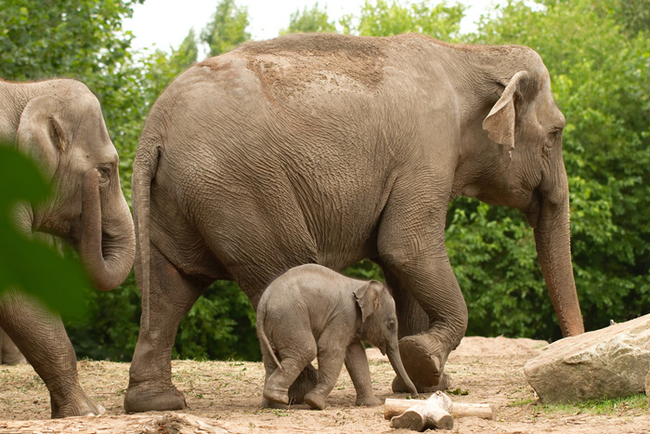 share
share
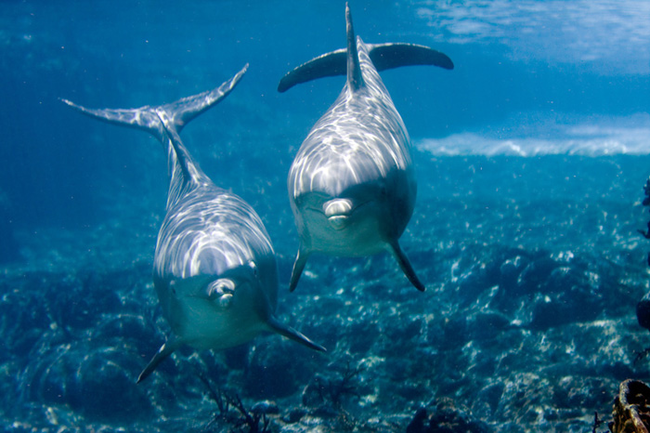 share
share
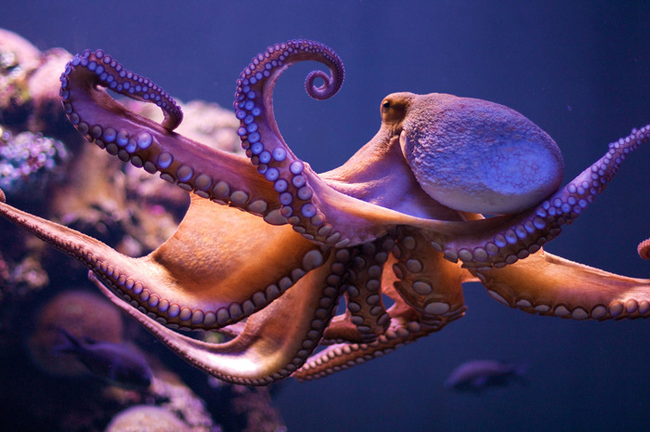 share
share
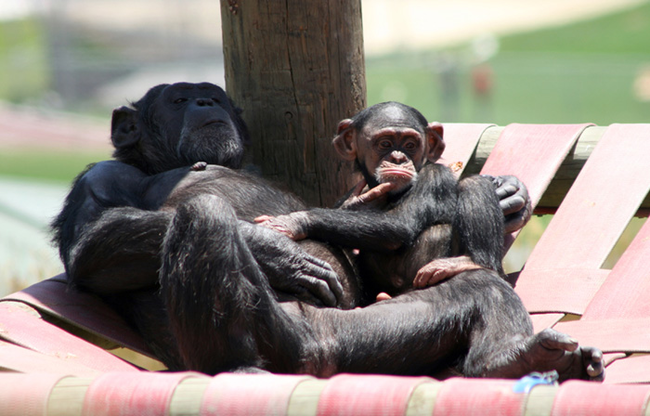 share
share
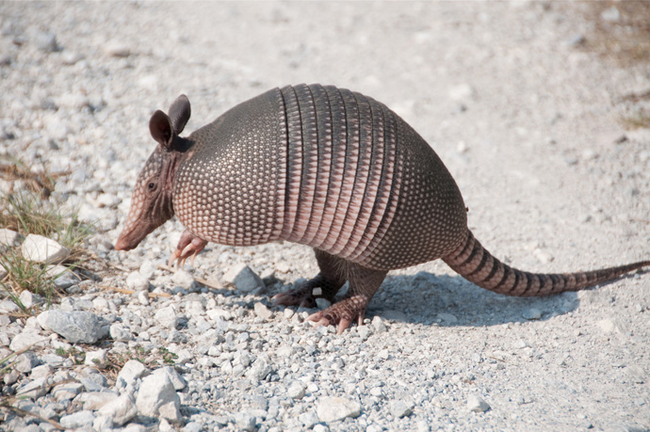 share
share
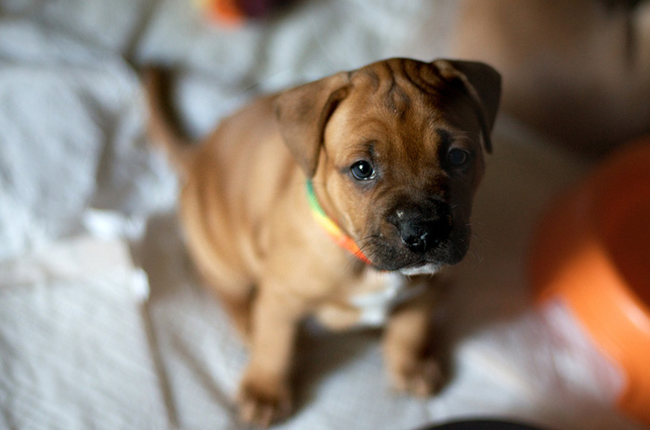 share
share
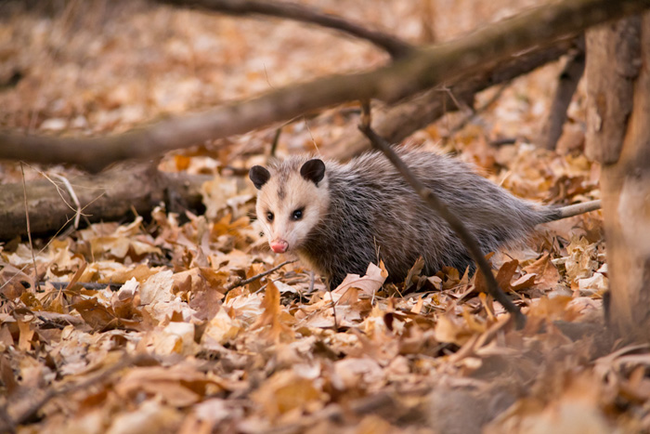 share
share
 share
share
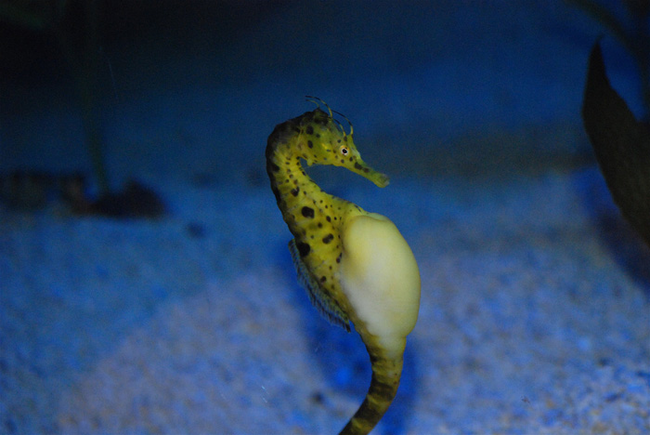 share
share
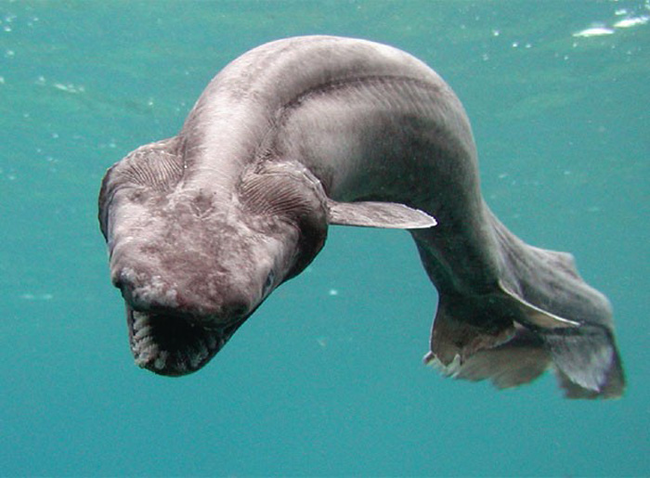 share
share



